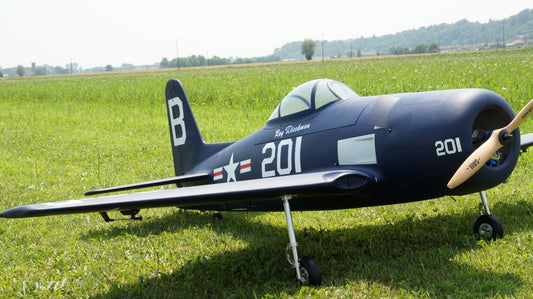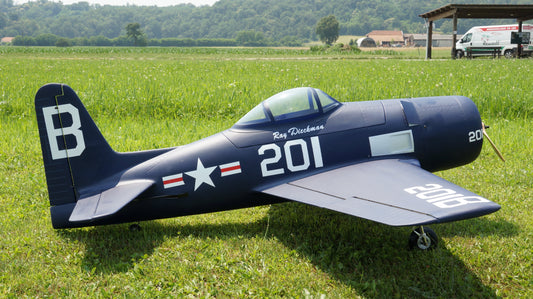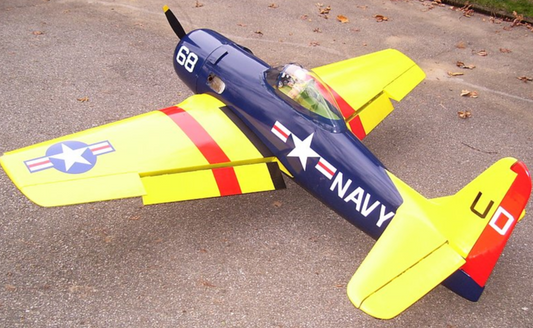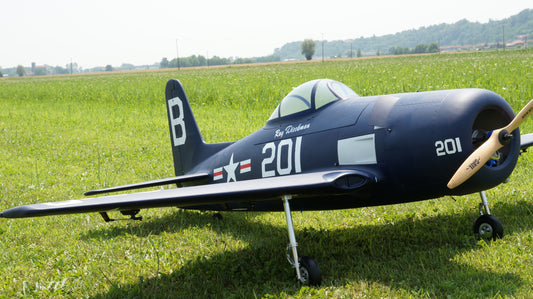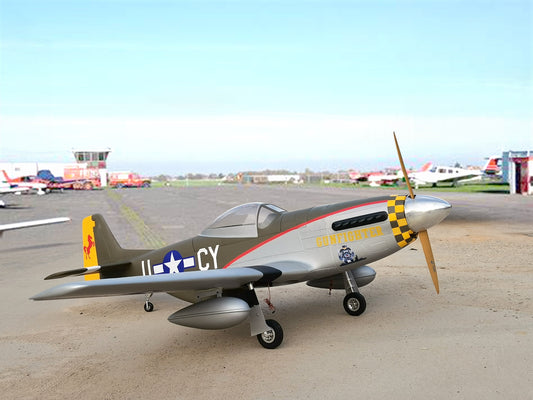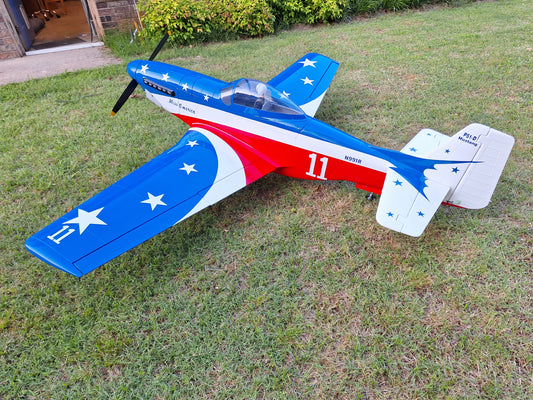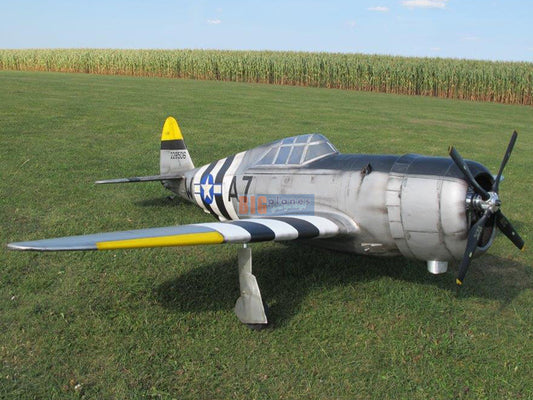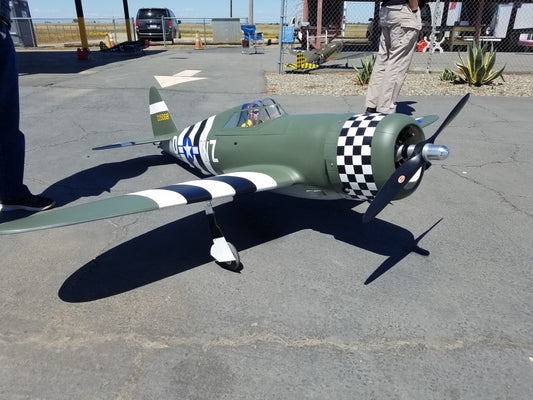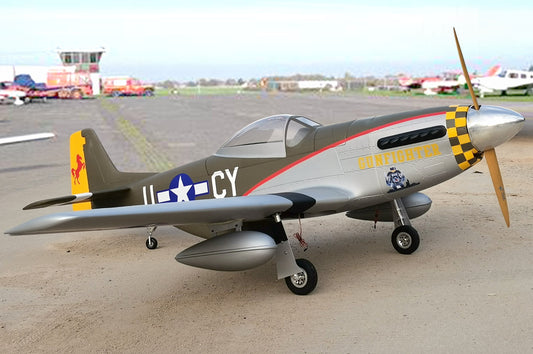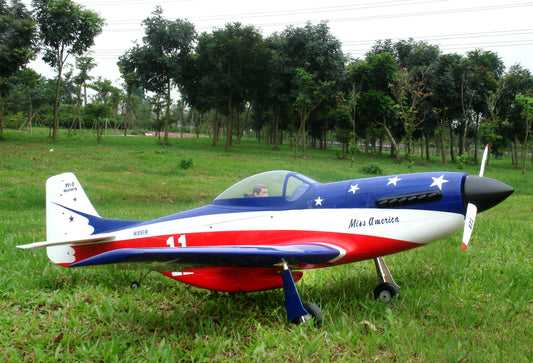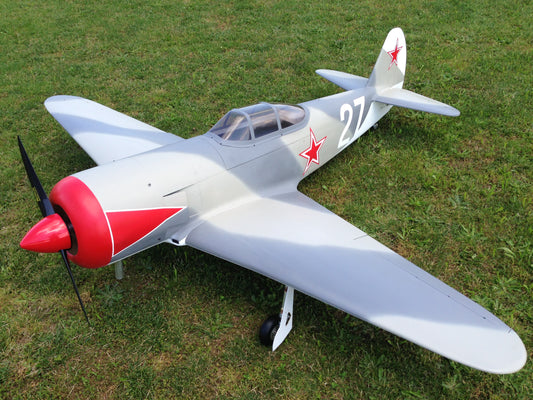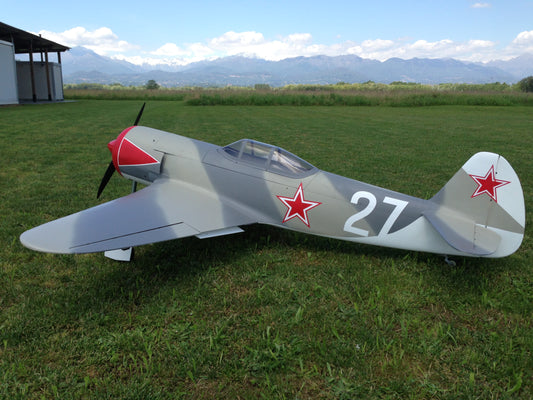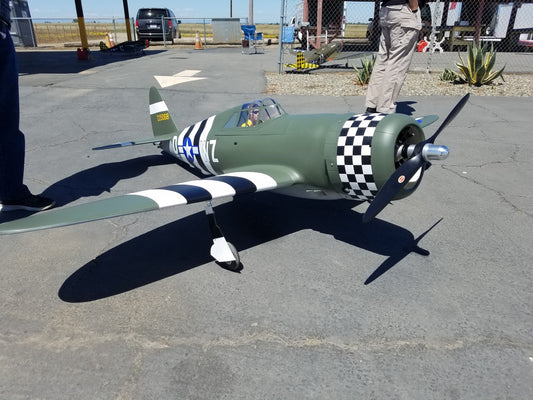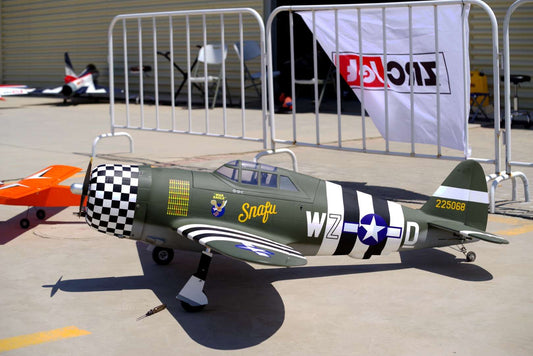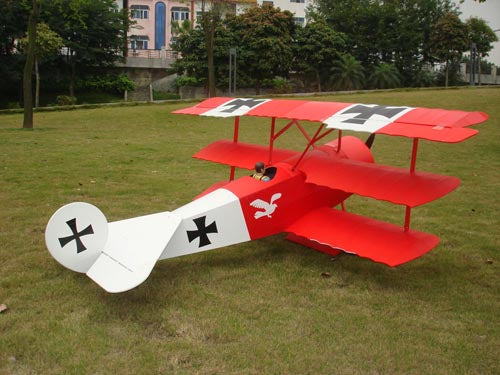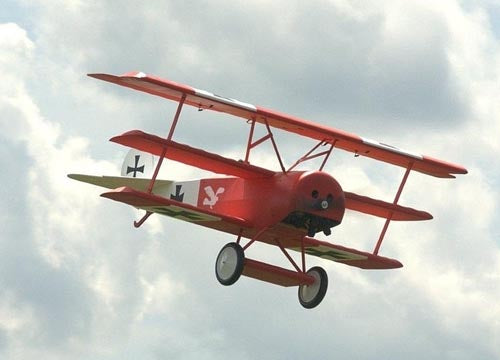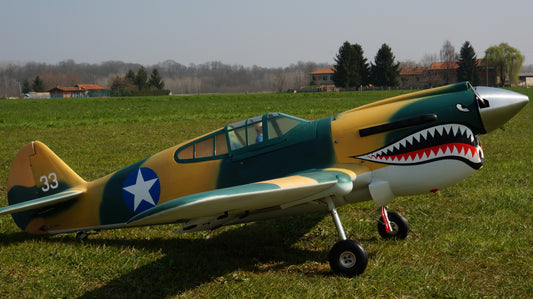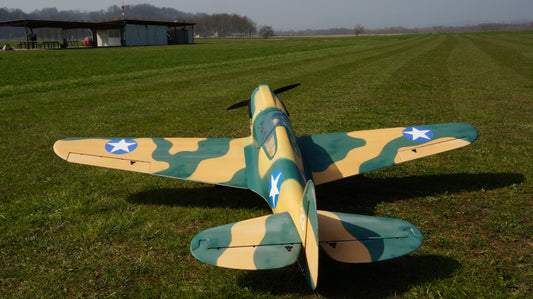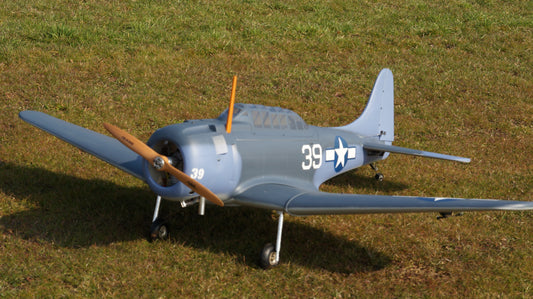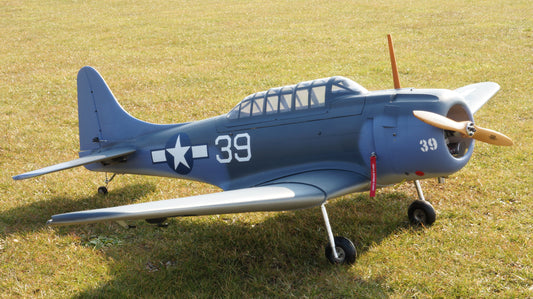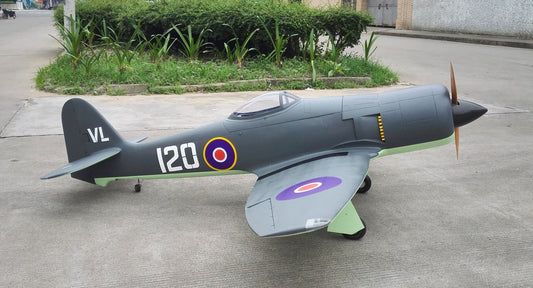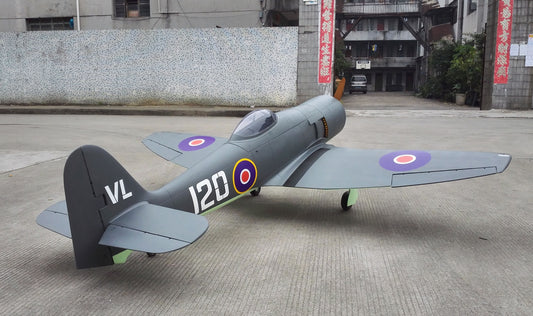Composite RC Warbird Planes
96.8in F8F Bearcat
96.8in F8F Bearcat
Regular price
$2,150.00
Sale price
$2,150.00
Regular price
Unit price
per
84in F8F Bear
84in F8F Bear
Regular price
$1,433.00
Sale price
$1,433.00
Regular price
Unit price
per
96in P-51D Mustang
96in P-51D Mustang
Regular price
$2,199.00
Sale price
$2,199.00
Regular price
Unit price
per
96in P-47B Razorback
96in P-47B Razorback
Regular price
$2,099.00
Sale price
$2,099.00
Regular price
Unit price
per
86in P-51 Mustang
86in P-51 Mustang
Regular price
$1,433.00
Sale price
$1,433.00
Regular price
Unit price
per
96in YAK 3U
96in YAK 3U
Regular price
$1,485.00
Sale price
$1,485.00
Regular price
Unit price
per
81in P-47B Razorback
81in P-47B Razorback
Regular price
$1,297.00
Sale price
$1,297.00
Regular price
Unit price
per
94in Fokker DR-1
94in Fokker DR-1
Regular price
$1,499.00
Sale price
$1,499.00
Regular price
Unit price
per
98in Curtiss P-40 Tomahawk
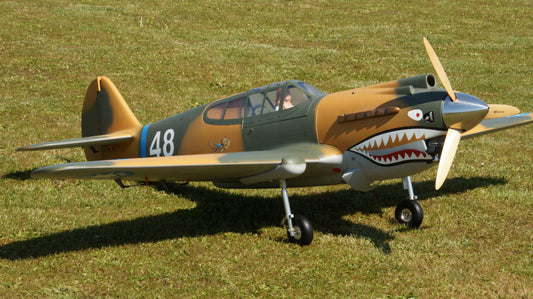
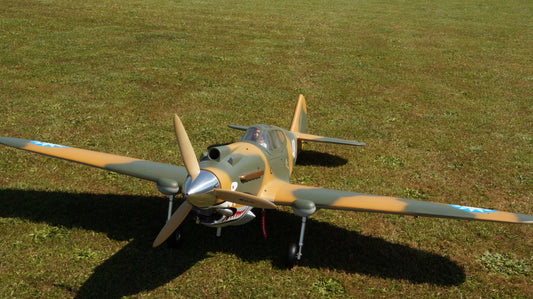


98in Curtiss P-40 Tomahawk
Regular price
$1,951.00
Sale price
$1,951.00
Regular price
Unit price
per
89in Curtiss P-40 Warhawk
89in Curtiss P-40 Warhawk
Regular price
$1,585.00
Sale price
$1,585.00
Regular price
Unit price
per
100in Douglas SBD-5 Dauntless
100in Douglas SBD-5 Dauntless
Regular price
$1,499.00
Sale price
$1,499.00
Regular price
Unit price
per
96in Hawker Sea Fury
96in Hawker Sea Fury
Regular price
$2,199.00
Sale price
$2,199.00
Regular price
Unit price
per
Composite RC Warbird Planes from Texas RC Warbirds








